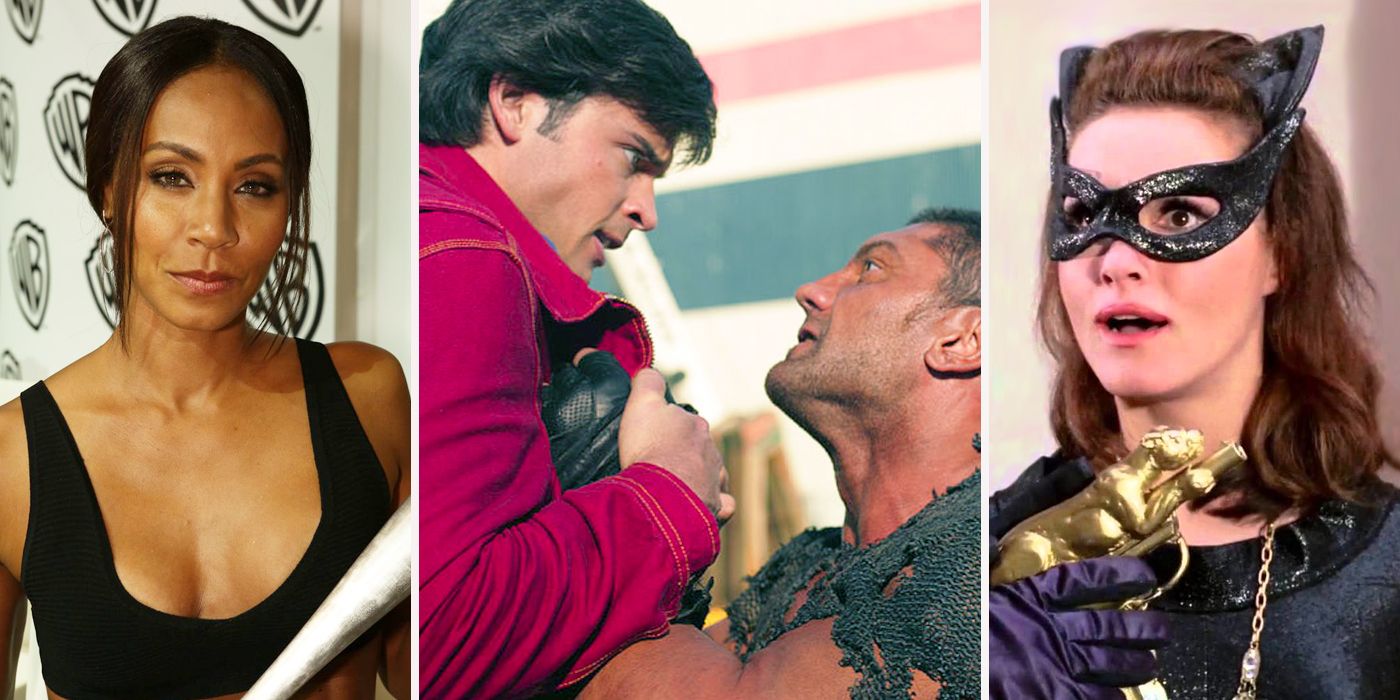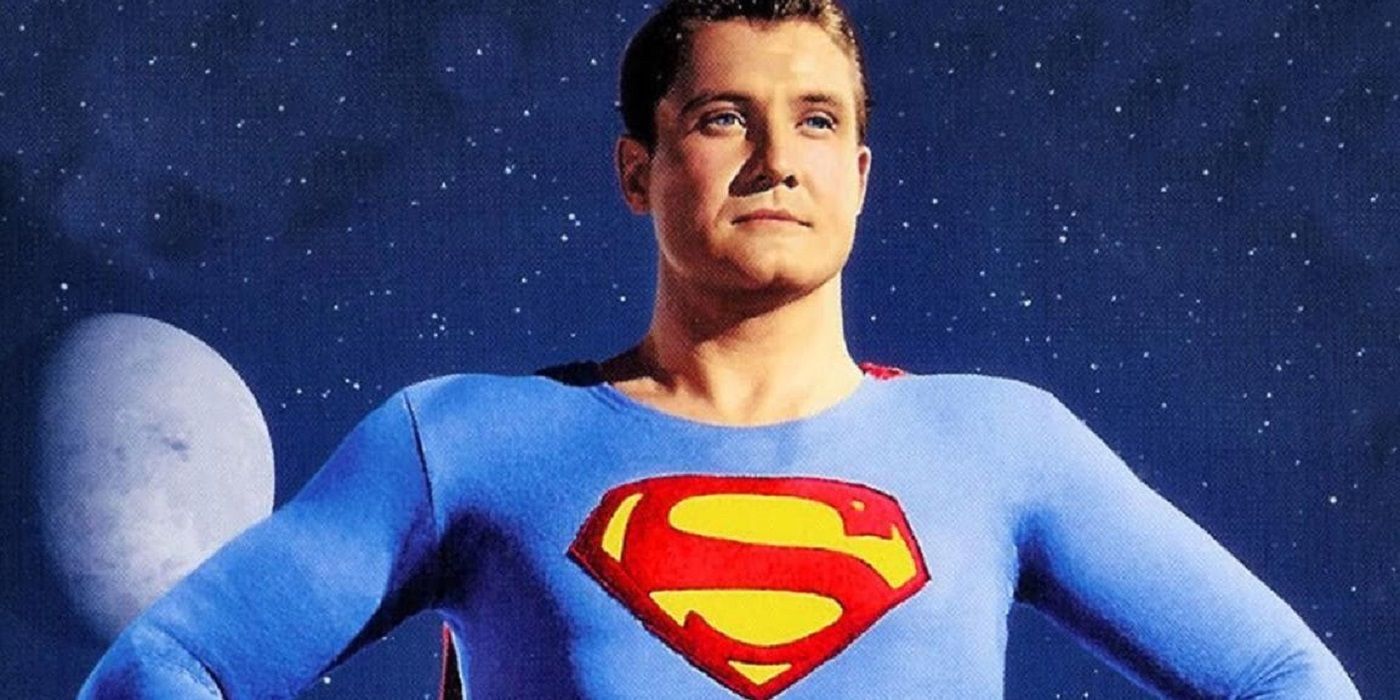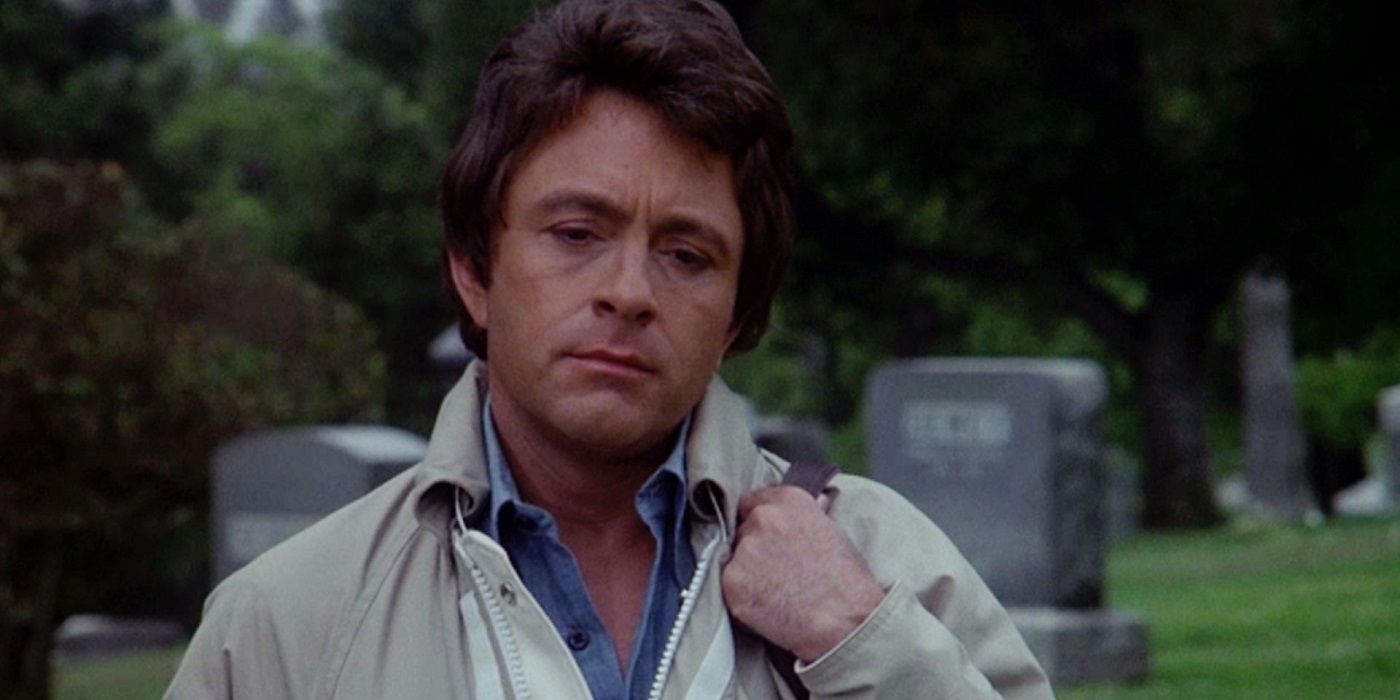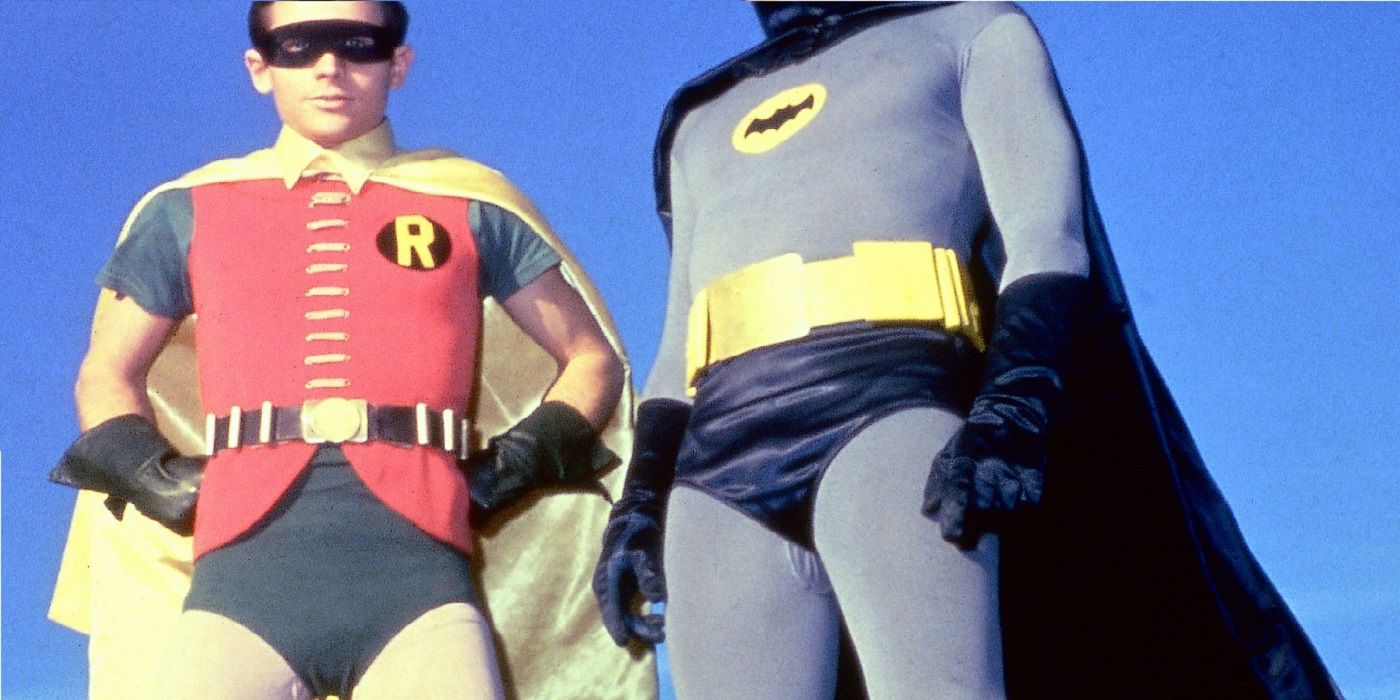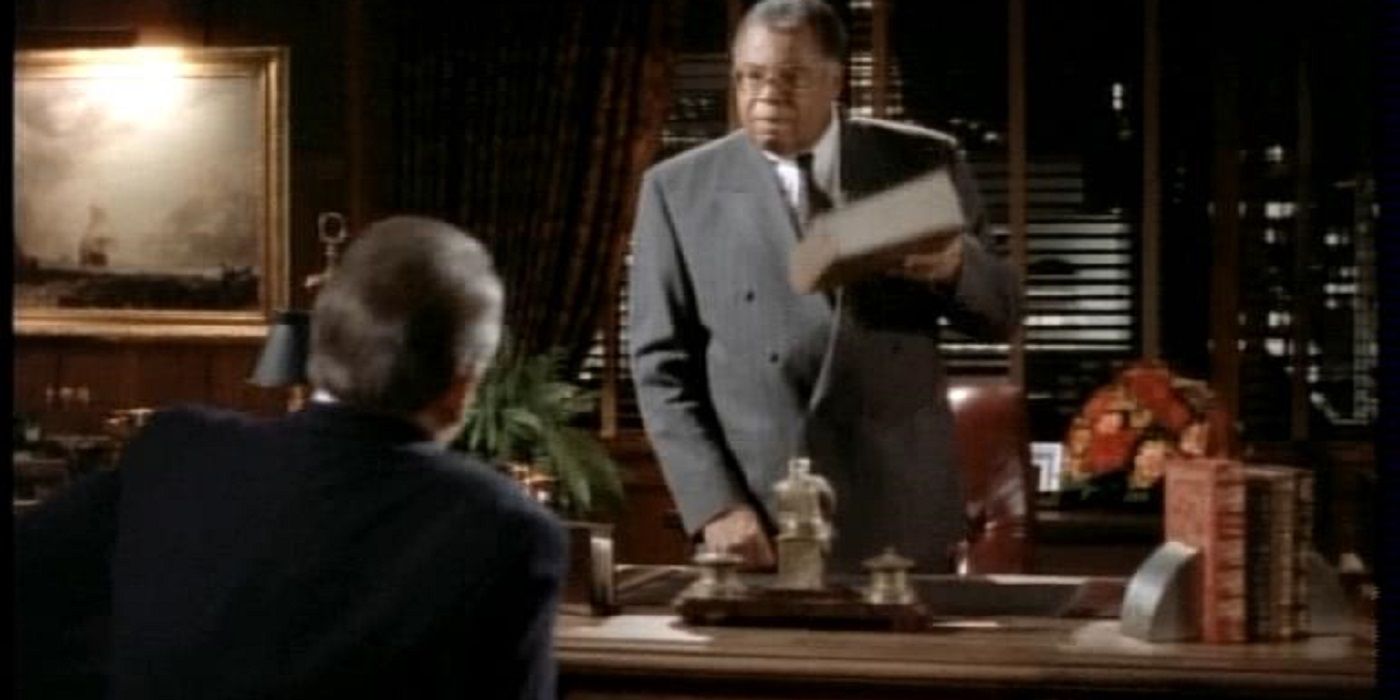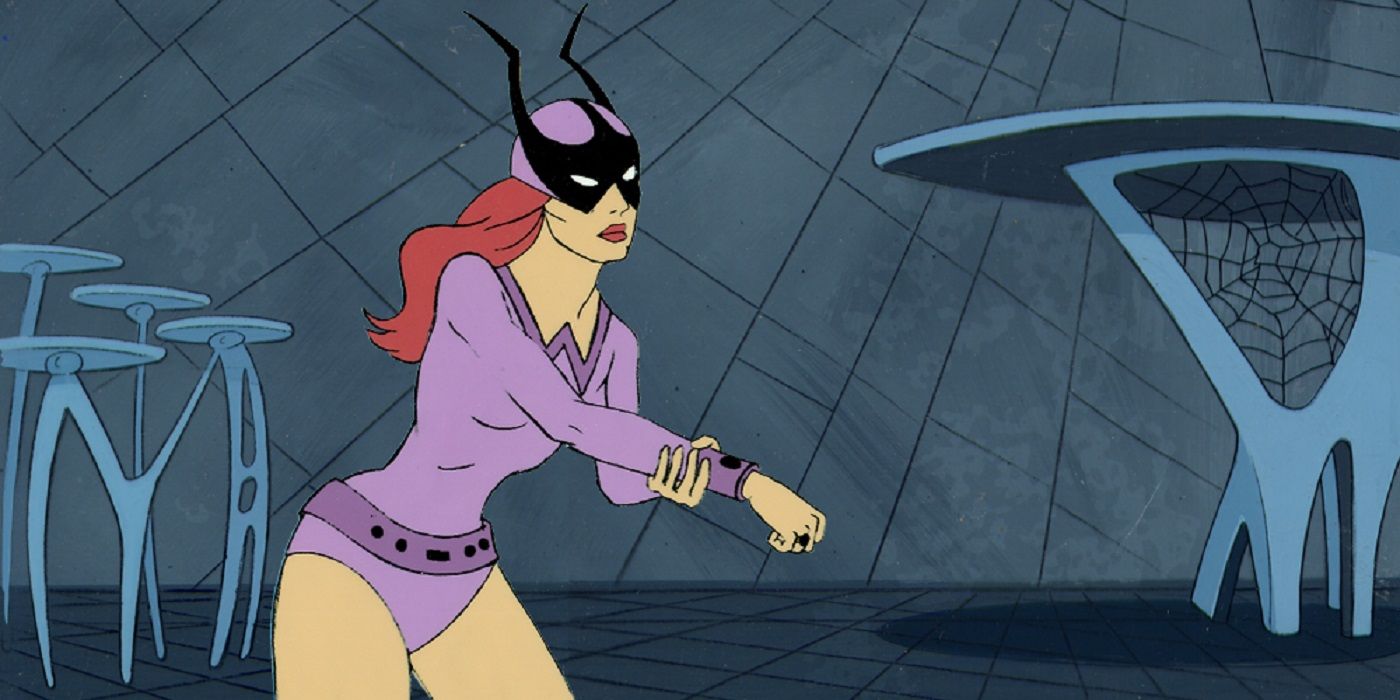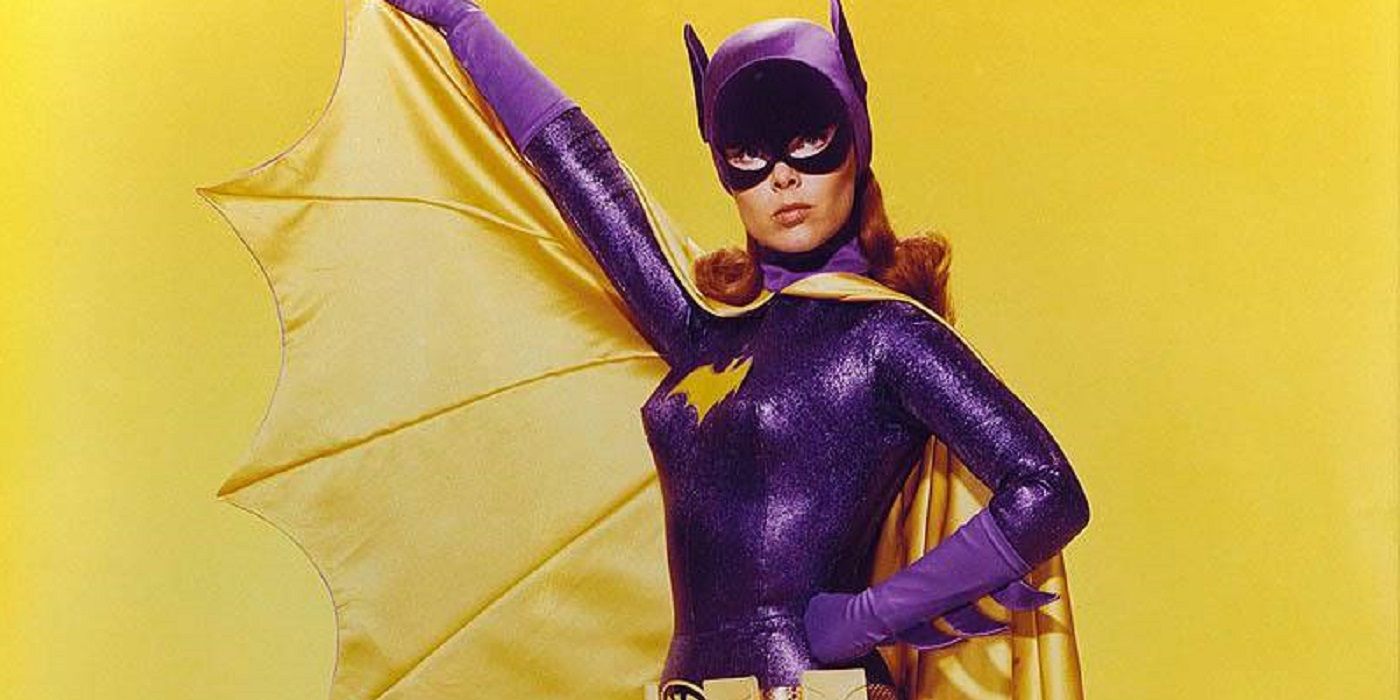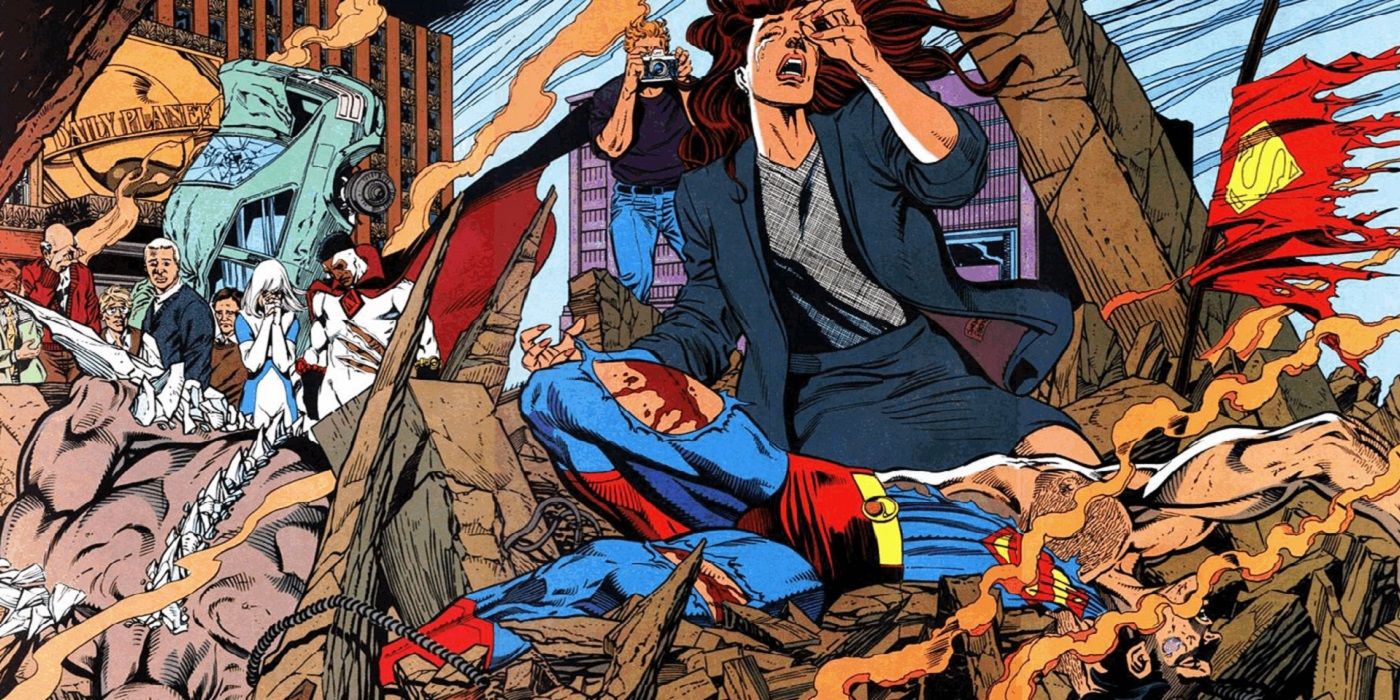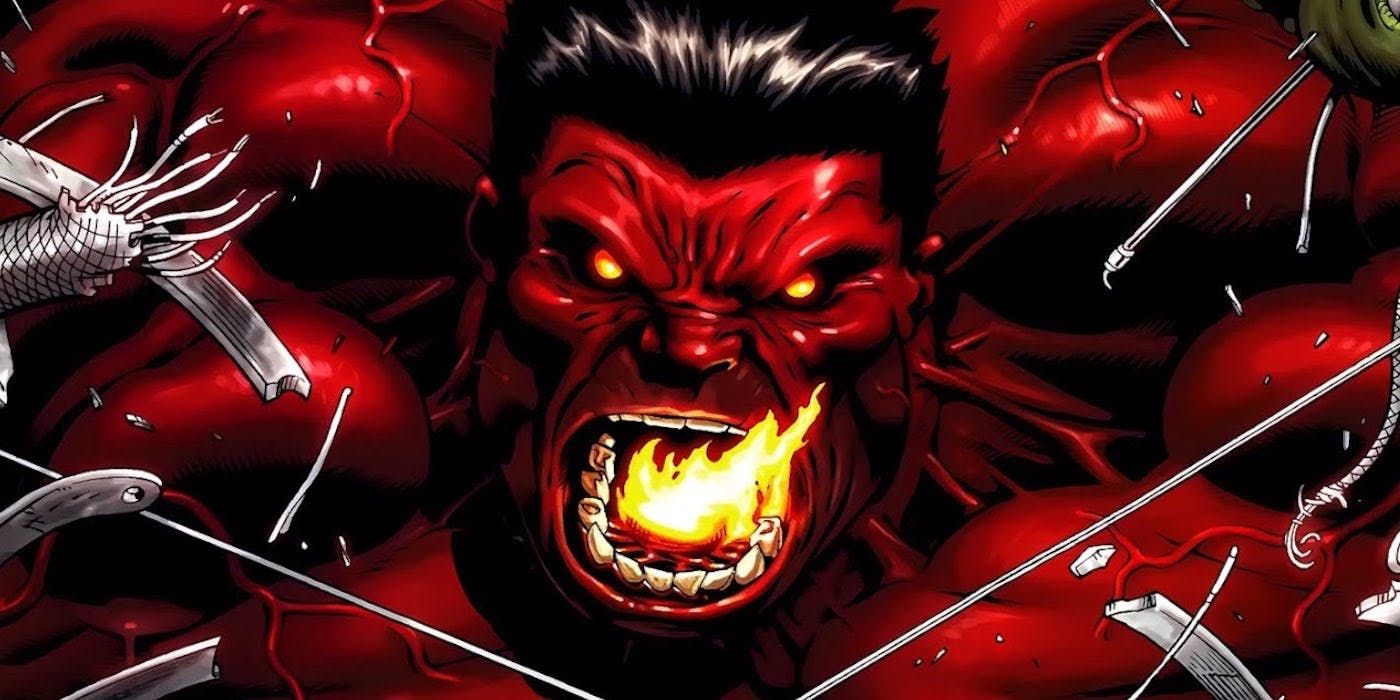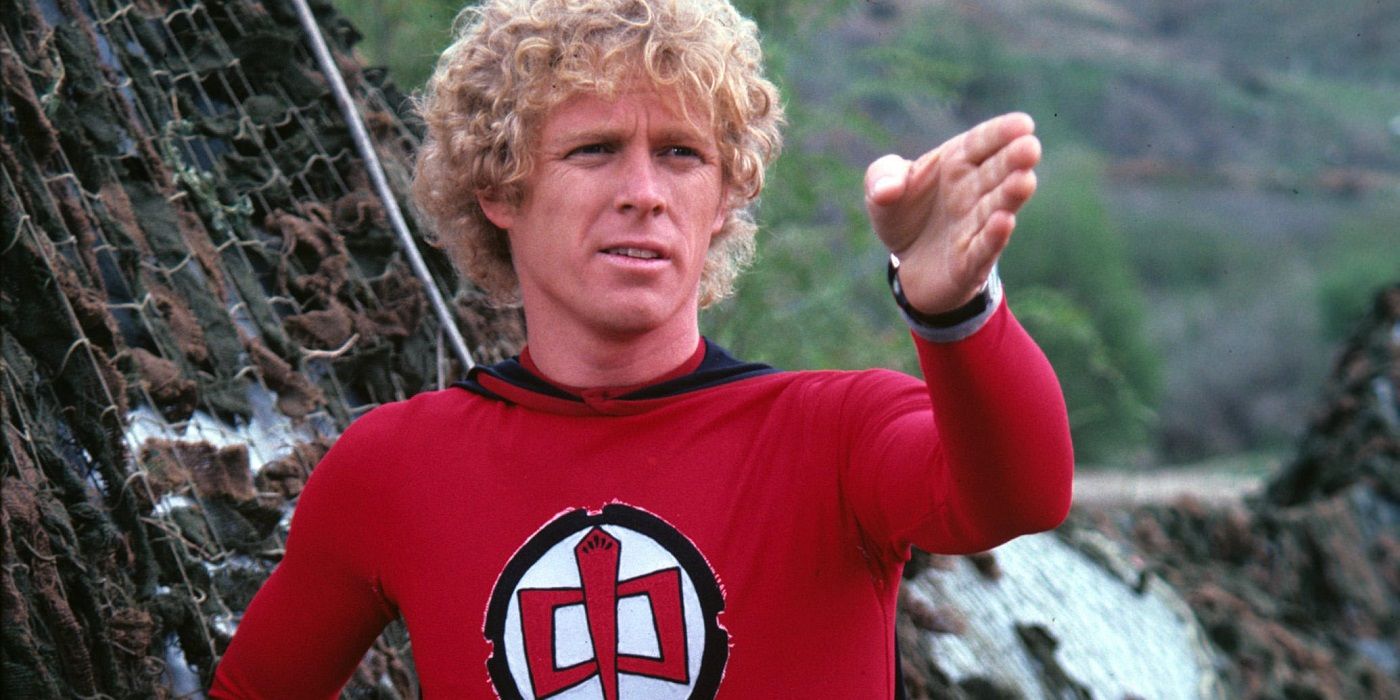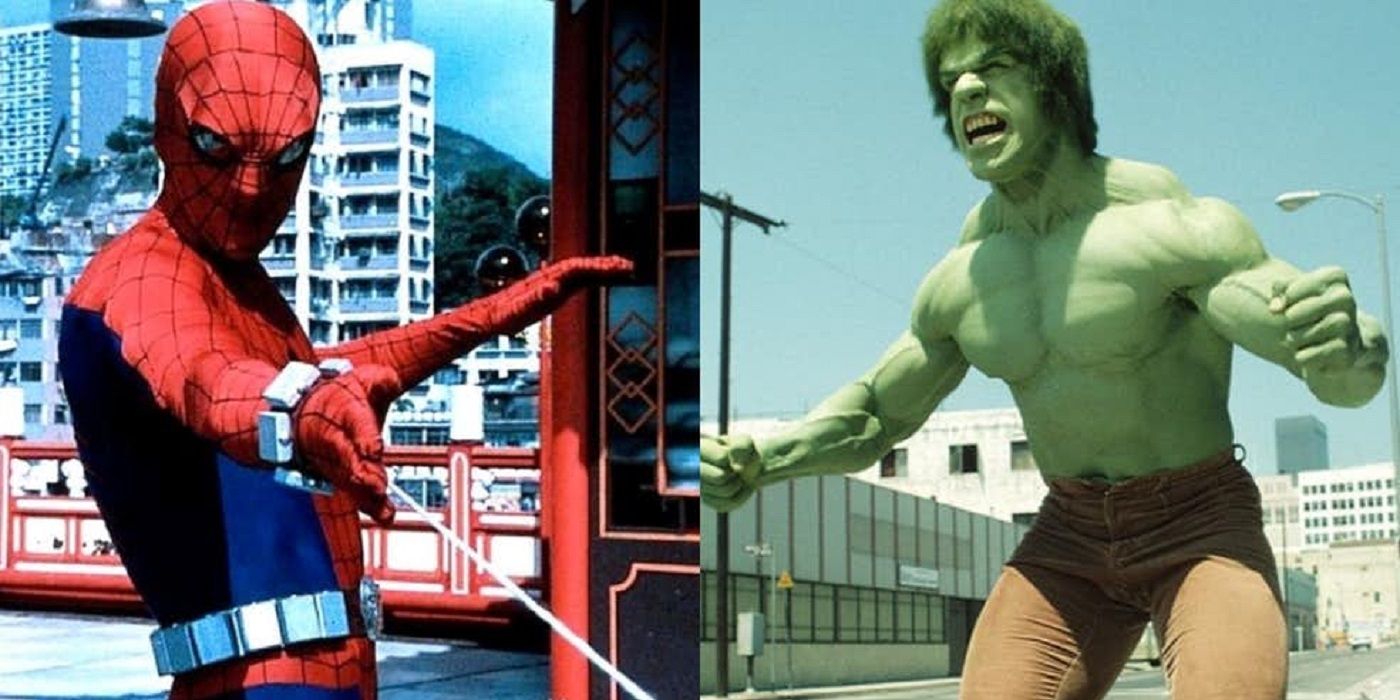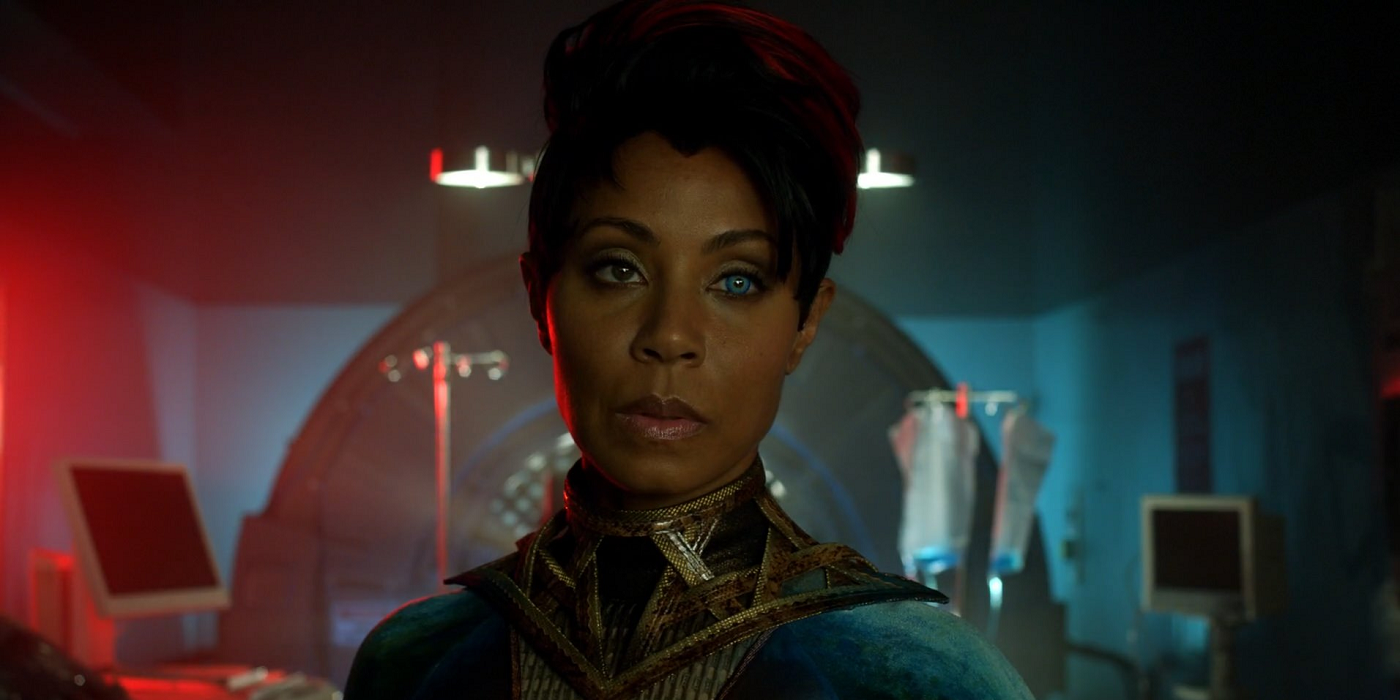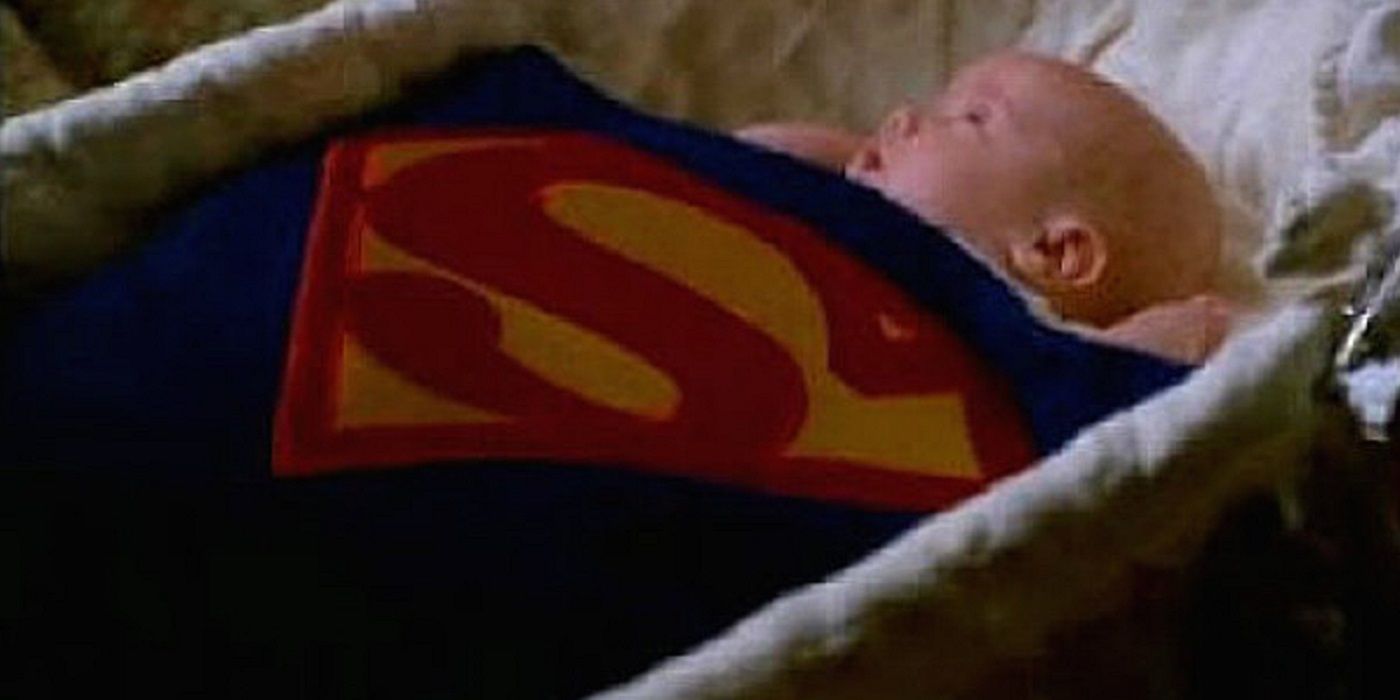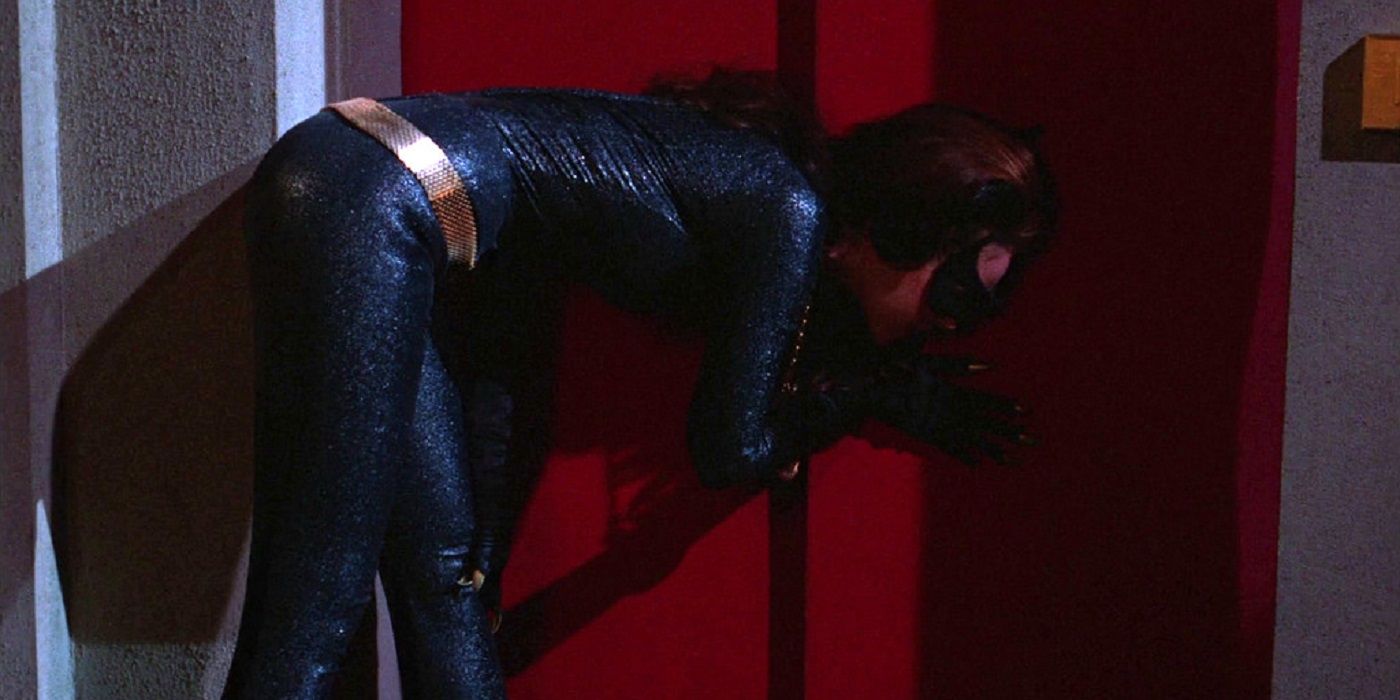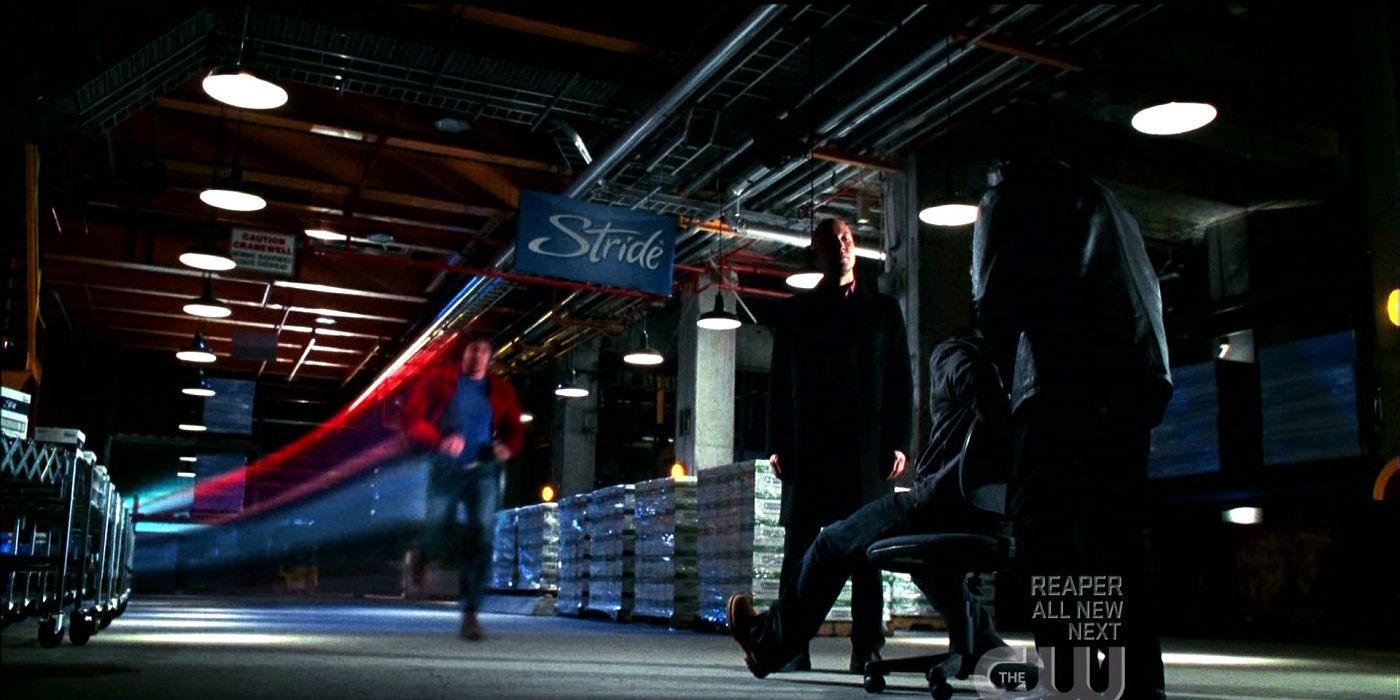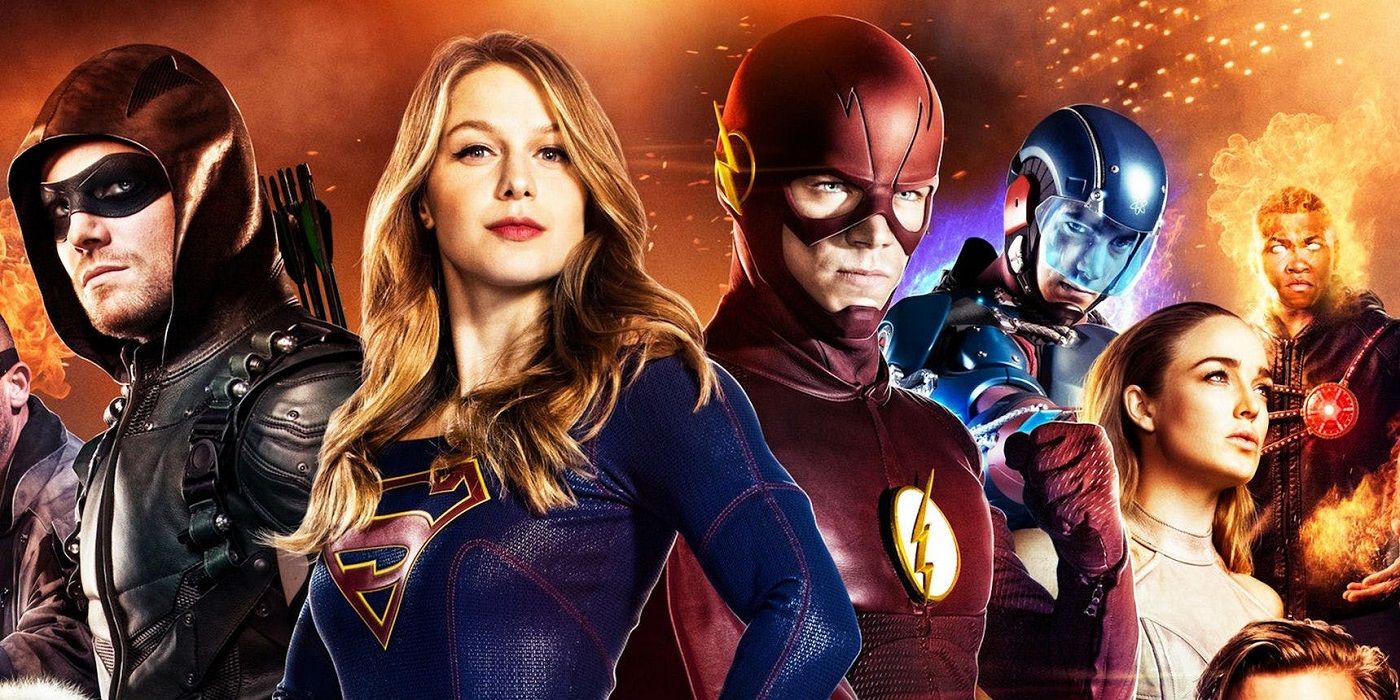After the success of 1950's Atom Man vs. Superman, the then-latest film serial starring DC's superhero characters, a cheap theatrical film was produced in 1951 called Superman and the Mole Men, starring George Reeves as Superman and Phyllis Coates as Lois Lane. The film's success spurred the creation of a television series (which had to wait until the fall of the next year to finally get a sponsor to pay for it) called The Adventures of Superman. In the 62 years (and counting) since, superhero television series have become a staple on American television sets. This is especially true of the modern era, of course, when such shows (though much more nuanced from those old serials) positively pepper TV and online services, not to mention movie screens.
While these shows have delighted many a fan over the years, behind the scenes they are television shows like any other, which means there are a number of controversial moments that took place. Most of these have been swept under the rug to where fans couldn't see them at the time, but while time heals all wounds, it also reveals some. Here, then, we will spotlight 15 of the most scandalous moments in superhero TV history.
15 DEATH IS NOT THE END?
The most scandalous superhero TV moment occurred very early on, when George Reeves, who had been portraying Superman on television regularly since 1952, died from a bullet wound to the head in 1959. Seeing as how he died in a house filled with people, and that his death was not reported to the police for some time after it occurred, his death has become fodder for all kinds of conspiracy theories. Many of them do not actually involve him actually killing himself, interestingly enough, which is what the death was officially ruled.
Ben Affleck starred as Reeves in the film, Hollywoodland, which depicted a few different theories as to how Reeves died. Shockingly, the producers of Adventures of Superman wanted to keep the show going! It would be retitled Superman's Pal, Jimmy Olsen and Superman would just occasionally appear through previously shot footage. Jack Larson (Jimmy Olsen) refused to go along with the idea.
14 BRUCE BANNER'S SCANDALOUS NAME
This one is a bit tricky, because we're delivering the truth behind a scandalous story and the truth is actually a good deal less scandalous than how the story has been told over the years. Still, since the story itself is so scandalous, we think it belongs. Both Lou Ferrigno (who played the Hulk on The Incredible Hulk) and Stan Lee (who co-created the Hulk) claimed that Incredible Hulk producer Kenneth Johnson changed Bruce Banner's name to David Banner on the show because the name Bruce was "too gay-sounding."
Johnson, though, denies the claim entirely and he makes the excellent point, "Whoever thought that about Bruce Wayne?" He explained that he just hated alliterative names as he found them too comic book-y. As for the substitute name, well, his son was named David, so there's a clear reasoning for it!
13 BATTLE OF THE BULGE
One of the biggest difference between superhero costumes in comic books and superhero costumes in the real world is that spandex works a lot differently in the real world than it does in comic books. In comic books, tight clothing never seems to show off anything all that important (unless it took place in the '90s and was attached to women), while in the real world, tight clothing often shows off lots of things that you might not want children to see on television.
This was an issue for Burt Ward with the tight shorts that he wore as Robin on the Batman TV series, so costuming had to constantly try to adjust his shorts to make it seem flatter. Ward, of course, argued that it was due to his specifically larger anatomy, but more likely it was just a normal peril of putting an actor into tight shorts. Of course, we are not ones to comment or speculate as to the size or quality of Mr. Ward's natural endowments.
12 A BLACK AND WHITE ISSUE
Nowadays, casting actors of different races to play famous comic book roles is considered almost typical; otherwise, most shows starring characters created 60-80 years ago would be all white. However, that was not the case in the early 1990s when Deborah Joy LeVine was creating what eventually became Lois and Clark: The New Adventures of Superman.
While creating the show, she pushed heavily for James Earl Jones to play Perry White, but both ABC and Warner Bros. TV (the production company for the show) balked at the idea. She later recalled, "The fact that he was black was anathema to a lot of people.” LeVine at least brought Jones in to play a role at the end of the first season as the new owner of the Daily Planet. Years later, Laurence Fishburne played Perry White in Man of Steel.
11 THE STRANGE ORIGINS OF SPIDER-WOMAN AND SHE-HULK
In the 1978-79 TV season, Filmation debuted The Batman/Tarzan Adventure Hour and it was a major success. It was so successful, in fact, that the studio decided to expand the concept the next year by inventing four new series using its own characters. It was also made an hour and a half long and had seven different series within the 90 minutes, dubbing it Tarzan and the Super 7.
One of the features was going to star a character named Spider-Woman. Marvel heard this and freaked out, quickly putting out a Spider-Woman character of its own to block Filmation. Thus, Filmation changed her name to Web Woman. Marvel then decided to come up with She-Hulk, as well, just in case Universal tried to introduce a female Hulk on The Incredible Hulk. So yes, both Spider-Woman and She-Hulk were invented just to stake intellectual property claims for Marvel.
10 THE MYSTERY OF BATGIRL'S MISSING COSTUME
In 1972, four years after Batman went off of the air, Yvonne Craig returned to the Batgirl role to film a PSA telling the country about the Pay Equity Act, which forbade companies from paying women less than men if they did the same job. However, the problem was that they didn't have Craig's old Batgirl costume available.
A few years back, Craig (who passed away in 2015) explained how the problem was resolved, "[W]e heard that Burt [Ward] had a ‘friend’ who might just have one. It was definitely the one I wore, complete with wig!" She later noted, "In recent years after he’d been ‘outed,’ and there was no one left at Fox to dispute it, he has taken to saying that he bought it from them. At the time we needed it, however, they said it had been pinched! Holy crimefighter theft!”
9 HOW LOIS AND CLARK KILLED SUPERMAN
In 1990's Superman #50, DC Comics shocked the world by having Clark Kent propose to Lois Lane! She accepted. He then revealed his secret identity to her. DC planned for their wedding to occur in 1992's Superman #75. Then a problem popped up: Lois and Clark: The New Adventures of Superman! With the new show starring a single Lois and Clark debuting, Warner Bros. needed DC to nix the wedding. With a big hole in the schedule, DC filled it by killing Superman!
Years later, after Superman returned and the comics actually broke Clark and Lois up, DC had to quickly get them back together and get them married! Why? The show was having Lois and Clark get married, of course. The cart was truly leading the horse on this one.
8 SEEING RED
While he did not turn out to have a problem with the name "Bruce," Kenneth Johnson still famously had other issues with the character of the Hulk when he was adapting him into The Incredible Hulk series for Universal. One of the biggest problems that he had was with the color of the Hulk.
Johnson later recalled, "The color of rage is red, which I was also pushing for because it’s a real human color – you know, when people get flushed with anger. That makes sense, but the Hulk turns green." He also noted, "But that was a battle I could not win; at least I got to change Bruce Banner’s name to David, but I couldn’t make the Hulk red because he was just too iconic already in the comic books."
7 WHAT'S IN A NAME?
On March 18, 1981, a two-hour TV movie, The Greatest American Hero, debuted, which then led into an ongoing series of the same name. It starred William Katt as Ralph Hinkley, a schoolteacher who ended up receiving a special alien suit that gave him superpowers. The show opened up as a big success. Then, just 12 days after the show debuted, a crazed young man named John Hinckley, Jr. almost succeeded in assassinating President Ronald Reagan.
It was too late to change their April 1st episode, but for the April 8th episode, they dubbed in a new last name, Hanley, and spent the rest of the season either calling Ralph "Mr. H" or "Hanley." When the second season began, they went back to Hinkley. Sometimes, scandals are just unavoidable no matter what you do.
6 A UNIVERSAL SCREW-UP
While everyone remembers The Incredible Hulk TV series fondly, a lesser well-remembered Marvel live action series from the same era was The Amazing Spider-Man. It started off with very high ratings when it debuted but faltered so much in its second season that, paired with very high production costs, it was canceled very early on.
Columbia Television, though, was willing to bring the character back in 1984 in a TV movie teaming up Spider-Man with the Hulk (whose series ended in 1982). However, Universal was less interested and ultimately canceled when executives said that they couldn't get Lou Ferrigno for the movie. Ferrigno, though, later explained that they had never actually asked him, meaning that Universal just didn't want to share the Hulk with Columbia. What could have been!
5 THE WRONG KIND OF TV MAKEUP
You would think that by 2014, there would be no more standard practices in the television industry that would shock modern audiences. You would be wrong. You see, in 2014, it was revealed that Gotham was using a white stuntwoman for scenes involving a black character on the show, just by putting the stuntwoman into "blackface."
This was especially egregious since Jada Pinkett-Smith, who played Fish Mooney on the series, has a black stuntwoman, Kelsee Devoreaux, who has worked with her for years. Devoreaux actually asked Fox if they could use her on Gotham and they told her that they weren't planning on stunts for Pinkett-Smith's character! It's possible that the stuntwoman was in blackface for a different character. Either way, it was outrageous behavior, which is somehow still a normal practice in Hollywood.
4 THE REASON LOIS AND CLARK ENDED WITH A CLIFFHANGER
Every once in a while, television network execs will announce that a show has been canceled, but then end up changing their minds after fan outcry (a famous recent example was the return of NBC's Timeless). However, when a network says that a show is renewed, that's golden... usually. In the case of Lois and Clark: The New Adventures of Superman, it was a shocking exception.
When the show was renewed for the fourth season, ABC made a deal for a fifth season, as well. The ratings on the show plummeted in the fourth season, though, and in the end, ABC decided to cut a deal with Warner Bros. Television and replace the already-ordered fifth season with a different Warner Bros. program. That was it for Lois and Clark. That is why the show ended with a cliffhanger when a mysterious baby shows up at Lois and Clark's front door.
3 JULIE NEWMAR IS THE MOTHER OF INVENTION
Julie Newmar was practically the definition of sex appeal for a generation of viewers who grew up on her as Catwoman on the Batman TV series. Besides wearing a skintight black catsuit, Newmar was all about maximizing her sexiness. For instance, her costume originally involved a normal belt. She had it lowered from her waist to her hips to show off her curves.
Newmar was so attuned to how to best show off a woman's body that she actually received a patent for a special type of pantyhose. She titled it, “Pantyhose with shaping band for cheeky derriere relief.” You see, most pantyhose (and products like Spanx) work to flatten a woman's stomach. The same effect, though, happens on the other side of the woman. Newmar's invention made it so that the front was flattened but not the back. Julie Newmar - a true American hero!
2 TAKING THINGS IN STRIDE
In film and television, product placement has become a sort of necessary evil. It simply is too valuable of a financial resource for shows to turn down, especially in the modern era of declining ratings. Sometimes, though, it goes too far and the Smallville Season 7 episode, "Hero," is one of those times.
Stride gum was a major sponsor of Smallville Season 7, but it got to absurd levels in "Hero," where Pete Ross returns and gains superpowers after eating some Kryptonite-infected Stride gum. The episode also involved a concert in a closed Stride factory. Chloe Sullivan notes of the closed factory, "Maybe next time they won't let the flavor last quite so long." That, of course, was a tie-in to a Stride ad campaign at the time that showed their factories closed down because their gum held its flavor too long. Yee-ikes.
1 TIME'S UP FOR THESE PRODUCERS
2017 was a momentous year in the world of film and television because it was when people finally began to at least start to believe women when it came to systemic abuse in the film and television industry. After an expose on the film producer Harvey Weinstein made it clear that people might now be willing to listen, more victims have been willing to come forward and the industry is responding with actual consequences nowadays.
The superhero TV world has not been immune, with famous X-Men film director and producer Bryan Singer losing his executive producer credit on The Gifted after sexual abuse claims were made against him. Arrowverse writer and executive producer Andrew Kreisberg was also fired by Warner Bros. Television after investigating a number of sexual harassment claims against him.

